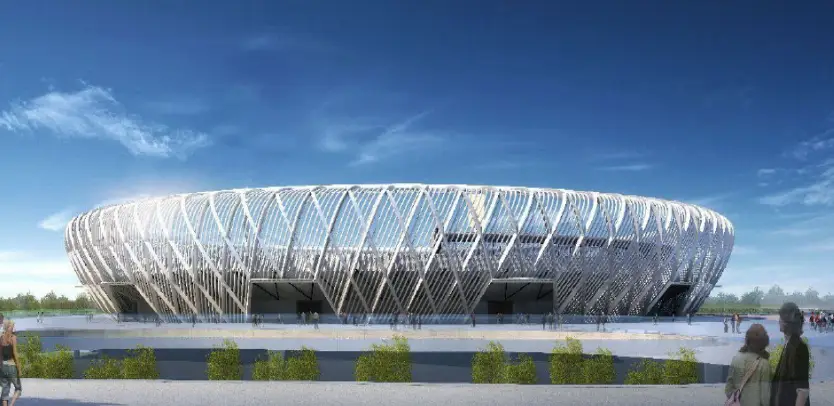Discussions surrounding optimal lighting quality for sports venues – encompassing badminton, table tennis, basketball, volleyball, and tennis courts – are perennial. While previous analyses have established core technical parameters like glare elimination, flicker-free operation, high color rendering (CRI), and sunlight-spectrum illumination, the critical question remains: how do we systematically achieve this desired quality?
Achieving consistently superior lighting across diverse sports facilities hinges on mastering three fundamental, interconnected pillars:
- Defining Concrete Quality Benchmarks & Evaluation: The foundation lies in establishing a scientifically rigorous and practically useful set of lighting quality requirements. This goes beyond vague ideals to specify quantifiable metrics (e.g., maximum UGR for glare, minimum CRI, target uniformity ratios, spectral power distribution targets) and objective methods for measuring and evaluating them in the specific context of sports performance and spectator experience. What does “excellent” look like, and how is it proven?
- Evidence-Based Luminaire Selection: Quality design demands a scientific methodology for identifying and selecting lighting fixtures. This involves establishing clear criteria to assess the technical performance (e.g., photometric data, spectral output, flicker performance, thermal management) and intrinsic quality (e.g., build materials, optical system design, driver reliability, IP rating) of potential luminaires. Selection must be driven by hard data demonstrating suitability for the defined quality benchmarks, not just cost or aesthetics.
- Contextualized Lighting Layout & Installation: Even the best luminaires fail if poorly deployed. A scientifically developed lighting plan, tailored to the unique geometry, surface reflectances, and sightlines of the specific venue, is paramount. This “lighting choreography” determines fixture placement, aiming angles, and zoning to ensure uniform light distribution (both horizontal and vertical), minimize shadows and glare hotspots, and meet the precise illuminance levels required for the sport. Installation quality directly impacts the realization of the design intent.
The Dialectics of Lighting Design: Universality and Specificity
Philosophical principles remind us that while individual sports venues possess unique characteristics (ceiling height, court size, structural elements), they also share universal underlying principles governing effective sports illumination. The three pillars outlined above – Quality Definition, Luminaire Selection, and Contextual Implementation – collectively capture the universal workflow essential for any sports lighting project. This workflow inherently accommodates the specificity of each sport and venue.
These pillars are not arbitrary; they represent the fundamental, objective “laws of motion” governing successful sports lighting energy-efficient projects. They cannot be bypassed or wished away. Experience consistently demonstrates that adherence to this systematic approach – rigorously defining quality, scientifically selecting equipment, and strategically implementing the design – is the only reliable path to achieving illumination that satisfies both the universal requirements of clarity, safety, and visual comfort and the specific demands of badminton’s high-speed shuttlecock, basketball’s verticality, tennis’s long sightlines, or table tennis’s close-quarters precision.
By embracing this dialectical method, harmonizing universal lighting principles with specific contextual needs through disciplined application of the three pillars, designers and operators can ensure their venues deliver lighting excellence: performance-enhancing, energy-efficient, and tailored to elevate every game.
